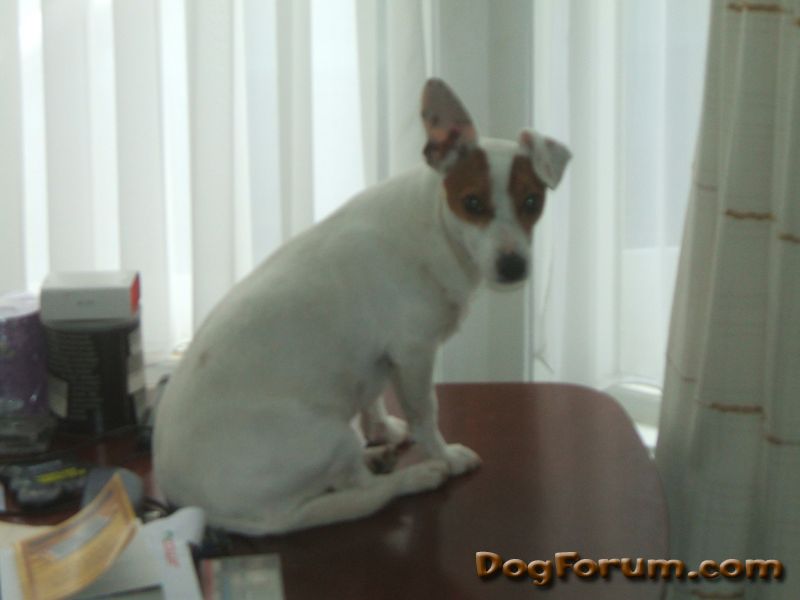When you are trying new things, there is a good chance you may need some help. Dog training doesn’t have a right or wrong way to do it. The article below can give you some great advice and pointers on how to be successful at training your dog. Don’t give up if it doesn’t work the first time. Success is always based on falling down and getting back up again.
Many instances can arise when an owner is out of ear shot of the dog but still clearly in his sight. Dogs can even be trained to respond to the position of the owner’s body. For example, the owner might raise his or her arms above his head and lean in one direction or another to direct the stock dog to a particular point in a field.
Good behavior should be reinforced and bad behavior should be discouraged. Your dog will benefit from consistency. This consistency will allow your dog to understand your message clearly. If there’s no reward to performing a behavior, your dog will be less likely to try it.
Reinforcement is a key element in dog training. Reinforcement only works, however, when it is executed with the proper timing. Excitedly saying, “Good girl!” just a few seconds too late has little positive impact on the dog’s future performance in terms of the desired act. Reinforcement for desired behavior should be immediate.
Training your dog doesn’t have to be a chore. Make training into a game that will enrich your dog’s life. Try having your dog sit each time he brings you the ball you threw. By incorporating training into playtime, you’ll have a fun and rewarding experience which results in a well-mannered pet!
To help your puppy learn good bathroom habits, training them using a crate is a great idea. Dogs don’t like using the bathroom near where they sleep or spend much time, so take advantage of this natural preference of dogs and teach them to use the bathroom outside or in a desired area.
Here’s a neat trick you can teach your dog. Have him sit down, and then place a chair in front of him. Encourage him to put his front paws on the chair, while remaining in the seated position. Then, take a treat and hold it between his front paws. When he lowers his head to retrieve the treat, it looks as if he is praying.
When your puppy is 7 to 12 weeks old this is known as the “fear-imprint period’. If your puppy experiences trauma at this time, he may have the fear associated with this trauma for the rest of his life. Because of this, your puppy’s early weeks should include human contact, and contact with other animals. It should also be a positive experience for him, with little punishing, if any at all.
When training your dog make sure you never stop training. This may sound silly but it is actually very sensible. Your dog may learn tricks quickly and not forget them, but dogs never stop learning so you need to take advantage of this by teaching often. Also, it never hurts to reinforce what has already been learned.
Timing is going to play a key role in the training of your dog. Set a schedule and keep to it. He should know when you are going to feed him, take him for walks and have play time. This is going to make it much easier for you to do all of the training that you have planned for him.
Learning to take advice, is just as important as what you are aiming to achieve. The tips from this article can be a great addition to what you may already know on how you can improve on dog training. Educating yourself further on dog training can prove to be a sure way to an obedient pooch.




